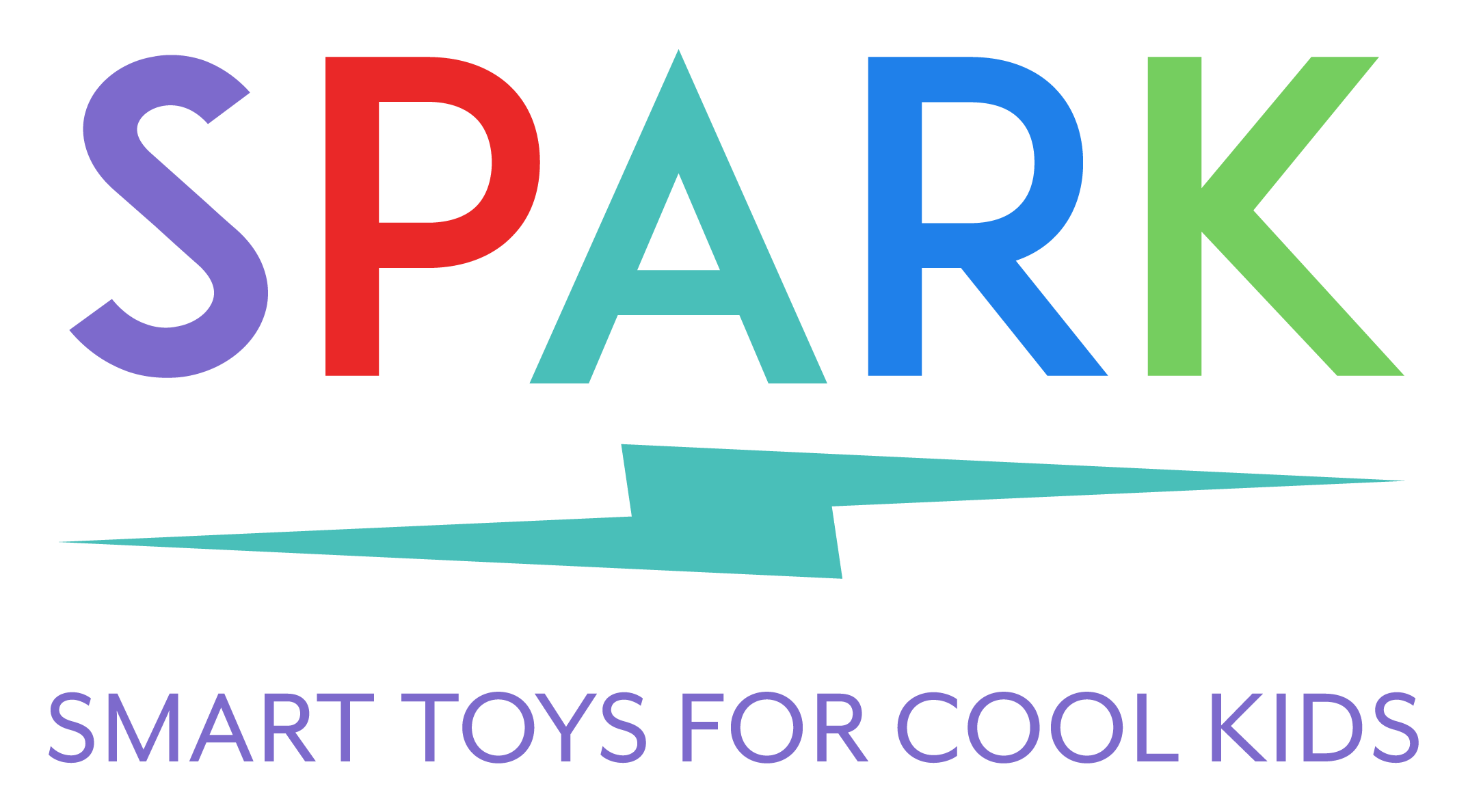Robie H. Harris It'S So Amazing -7 Years +
“It’s Perfectly Normal,” the go-to guide for teenagers and adults on adolescent sexual health and development, was first published 20 years ago, in 1994. Fifteen years ago, the author Robie H. Harris and the illustrator Michael Emberly followed it with “It’s So Amazing,” subtitled “A Book About Eggs, Sperm, Birth, Babies and Families” (what else could you even need to know?).
Between “It’s Perfectly Normal,” “It’s So Amazing” and their book for younger children, “It’s Not the Stork,” Ms. Harris and her colleague have been talking sex and kids for years — all to help parents and professionals talk about sex with kids, and to give children and teenagers an honest, accurate resource for the questions they don’t ask. Both “It’s Perfectly Normal” and “It’s So Amazing” are out in new, updated editions this fall. I asked Ms. Harris to tell me what’s changed in the books — and in her conversations with children, teenagers and parents — over the years.
Some things about sex, birth and everything before, after and in between will always stay the same (think masturbation and menstruation), but in some areas, the past two decades have meant real change. “It’s Perfectly Normal” has a new explanation of surrogacy and a much-expanded section on our online world, with discussions of sexting and online bullying. “It’s So Amazing” has an expanded section on Internet safety as well.
“The major change I’ve seen has to do with how kids get their information,” Ms. Harris said. “Kids understand both the benefits of finding really great information on the Internet and the fact that you can have misinformation. We encourage them to check with a trusted adult — someone in your life who can give you accurate information or steer you to it.”
“It’s Perfectly Normal” also expands its discussion of sexual identity beyond homosexual and heterosexual to include, and define, the now-common acronym L.G.B.T. (Lesbian Gay Bisexual Transgender), and it slightly expands a chapter on sexual abuse to add a discussion of the word “harass.” In both cases, it’s not that things have changed, but that we’ve changed in the way we talk about it. “That’s the language that makes sense,” Ms. Harris said. “That’s what they hear. Kids need to have the information they need to understand what’s going on and treat everyone respectfully.”

I’ve long loved “It’s So Amazing” for making that sometimes difficult but inevitable question of childhood “Where do babies come from?” just another matter-of-fact inquiry. The answer may feel emotional, complex and awkward to an adult, but to a child, it can just be fascinating. The glorious, life-sized image of the fetus in the womb, and all the smaller images leading up to it, answer so many questions. It’s a book my children have passed around and pored over for years (now enjoying a renewed popularity because of a pregnant friend). Even beyond the information, I appreciate the diversity of the illustrations. All kinds of people, in every size and shape imaginable, appear in the most ordinary ways.
“It’s Perfectly Normal” applies the same fact-based tone to sexuality that’s gone from the abstract (that’s what’s happening) to the personal (that’s what’s happening inside me). It too is wonderful, although fewer parents will find themselves reading it side by side with curious children. Reading it as an adult can make it easier to take that same factual tone and approach with our teenagers and preteenagers, who need us to broach some hard subjects, whether it’s sexual abuse or what to do with unexpectedly dirty sheets.
“It’s hard to do for a lot of parents,” Ms. Harris said. “Some of the information is complicated. You’re talking to your own kids about sexuality. But take a deep breath and go in, and if you didn’t start when your child was 3, that’s O.K. When you’re talking about sexuality, the things that are healthy and normal or the things we know are not healthy and normal, like H.I.V. or early pregnancy, it’s a wonderful time to talk about your own values. Someone may disagree with what I wrote. They can say, ‘This is what our family believes. This is what this author wrote. This is what your friends may believe.’ They can start the conversation.”

If that’s a conversation you’re looking to start, these books, with their science-based, rigorously researched approach, make for solid footing on which to begin. “You can say, ‘I read this book. I thought it was interesting. I didn’t know that the egg was the largest cell in the human body,’ or something like that,” Ms. Harris suggests. “Some kids will say ‘I know all that’. Others will take the book. Some will pretend not to be interested. Parents tell me they just leave it somewhere and then suddenly it’s gone. Just let your kids know they can come and talk to you about it. Some will, some won’t.”
And, of course, either way is perfectly normal.


Recent Comments